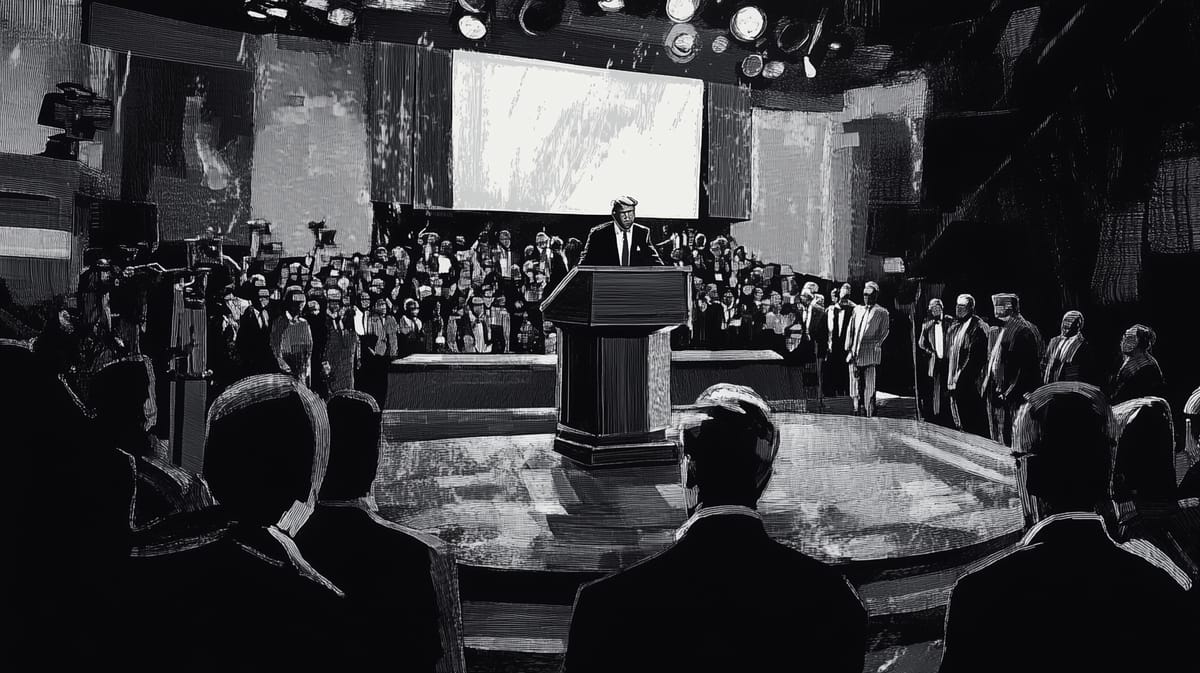Trump vs. The Fed: Can Politics Influence Interest Rates?

As the economy moves into 2025, interest rates remain a hot topic for consumers, businesses, and policymakers alike. After multiple rate cuts in 2024, many had hoped for further reductions to ease borrowing costs. However, the Federal Reserve is taking a more measured approach, keeping rates steady and signaling caution amid persistent inflation concerns.
Recent Rate Cuts and the Fed’s Stance
The Federal Reserve cut its benchmark rate three times last year, beginning with a significant 0.5 percentage point reduction in September 2024, followed by two consecutive 0.25 percentage point cuts in November and December. While these moves aimed to support economic stability, they have not been followed by further cuts in early 2025.
At the January 2025 meeting, the Federal Open Market Committee (FOMC) opted to pause rate reductions, keeping the current range at 4.25% to 4.50%. The Fed remains committed to its dual mandate—balancing maximum employment with stable prices—and believes that premature cuts could allow inflation to rise again.
“Anyone hoping for the Fed to ride in as the cavalry and rescue you from high interest rates anytime soon is going to be really disappointed.” — Matt Schulz, Chief Credit Analyst, LendingTree
Inflation Is Still the Key Concern
One of the main reasons the Fed remains cautious is that inflation is not yet fully under control. While it has eased from its 2022-2023 highs, inflation—measured by the Consumer Price Index (CPI)—still rose 2.9% in December 2024, above the Fed’s 2% target.
“The reason why the Fed isn't jumping the gun at lowering the rates faster and further is that, on one hand, inflation is not gone. They looked carefully at the data, and it is still stubbornly above target.” — Erasmus Kersting, Economics Professor, Villanova University
Additionally, the policies of the new Trump administration could introduce inflationary pressures. Economists warn that proposed tariffs and mass deportations may push prices higher, which would further justify the Fed’s cautious stance on rate reductions.
How Politics Plays Into Fed Decisions
Despite President Trump’s public calls for immediate rate cuts, Fed Chair Jerome Powell has stood firm, repeatedly stating that the central bank operates independently of political influence.
"The Fed’s policy decisions are guided solely by economic considerations, aiming to achieve maximum employment and price stability for the benefit of all Americans, independent of political influence." — Jerome Powell, Federal Reserve Chair
Powell has also made it clear that Trump does not have the authority to fire him, and he will not step down if asked. His term as Fed Chair runs through May 2026, ensuring continuity in monetary policy regardless of political pressures.
Will Interest Rates Drop in 2025?
So, what’s next for interest rates? While further cuts are expected, they likely won’t happen until mid-2025 or later. Many economists predict that the Fed will wait until at least May 2025 before considering another rate cut.
"The general consensus is that rates will likely remain unchanged until the market has more clarity around potential policy impacts as it relates to immigration, taxes, and tariffs." — Austin Walker, CEO of A. Walker & Co.
This means that mortgage rates, credit card interest, and auto loan rates will likely stay elevated for the foreseeable future. Borrowers hoping for relief should prepare for a longer period of high borrowing costs, at least until inflation shows consistent signs of cooling.
Final Thoughts
While the Fed has taken steps to ease interest rates, it’s unlikely that rates will drop significantly in the near term. Inflation concerns, economic uncertainty, and political influences will all play a role in shaping the Fed’s decisions throughout 2025.
For now, consumers and businesses should brace for continued high rates while keeping a close watch on the Fed’s next moves. Whether rate cuts accelerate later in the year will largely depend on inflation trends and broader economic conditions.
Did you enjoy this blog post about fiscal/monetary policy? Let me know in the comments if there are any other topics you would enjoy reading about.




Comments ()